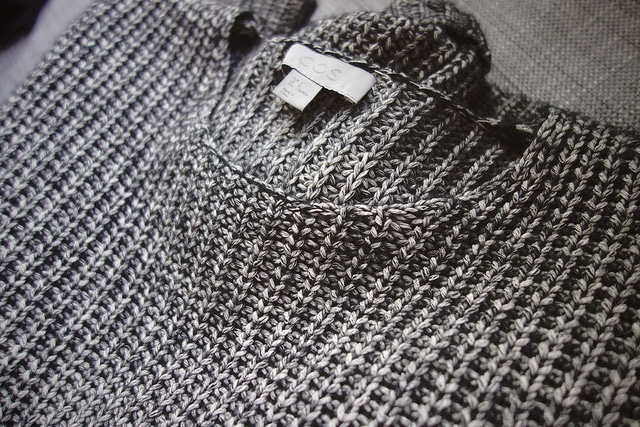There’s no other way around it: every man needs to own a suit. Whether you’re attending a wedding (as a guest), job interview, graduation or any other formal event, you’ll need to wear a suit. But with so many different types, how do you know which one to choose?
#1) Fabric
First and foremost, consider the fabric or material from which the suit is made. Cotton has long been the preferred choice of fabric, as it offers a balanced combination of comfort, strength, softness and durability. However, men’s suits are available in other fabrics as well, including linen, wool, corduroy and various synthetic fabrics and synthetic blends.
#2) Bespoke, Made to Measure or Ready to Wear
We’ve talked about this before on our blog, but it’s worth mentioning again that men’s suits are sold in three different ways: bespoke, made to measure and ready to wear. Off-the-rack suits are characterized by fixed sizes without any additional customization, whereas made-to-measure suits are customized according to the wearer’s measurements. The highest level of customization, however, comes from bespoke suits.
#3) Lapels
Don’t forget to check the lapels when choosing a suit. Suit jackets are designed with variety of lapel styles, the most common being notched lapels, peaked lapels and shawl lapels. Of those three, however, the notched lapel is the most popular choice for use in single-breasted suit jackets. It’s a classic, stylish appearance that’s sure to compliment your outfit.
#4) Pockets
Additionally, you should check to see how many buttons the suit jacket has and where those buttons are located. While there are always exceptions, most suit jackets have several inner pockets as well as two main outer pockets. You may also find a “patch pocket” with a piece of cloth sewn into the front.
#5) Buttons
Of course, different suit jackets are designed with different buttons. Normally, most single-breasted jackets feature just two or three buttons. There are a few styles, however, that have three or more buttons, though these styles typically consist of double-breasted jackets. Regardless of which style you prefer, it’s a good idea to leave the bottom button undone.
#6) Quality
Perhaps the most important thing to consider when choosing a suit is the quality. You might be able to save a couple bucks by choosing a low-quality suit, but you could end up paying more later down the road once the suit becomes damaged and degraded. You have to think of a suit as an investment. Like any investment, it requires money to purchase. As long as you choose a high-quality suit, though, it will pay off.
References:




